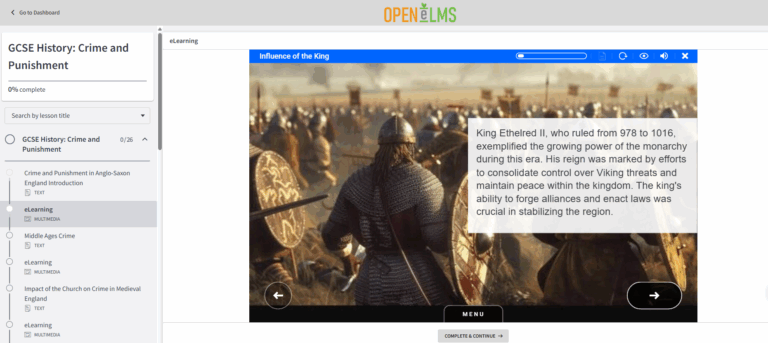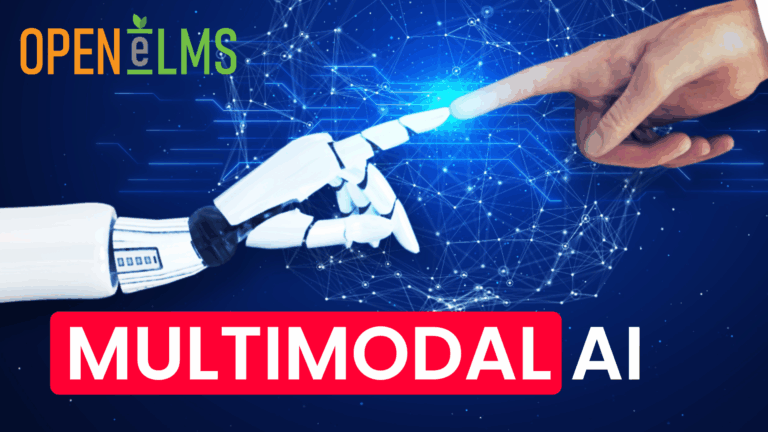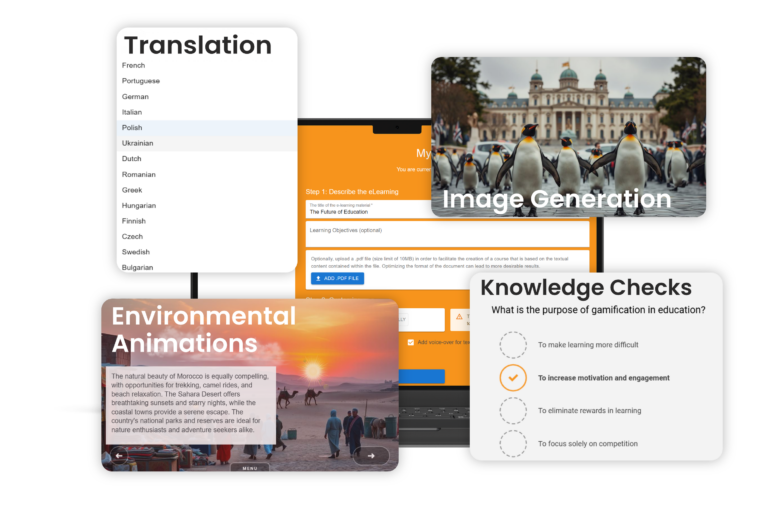
How AI and the Power of Vibe Design is Transforming eLearning
One of the most powerful emerging trends in AI is Vibe Design, a new approach that prioritises emotional resonance, intuitive design and intelligent automation. As pioneers in educational technology for over 21 years, we’ve seen the landscape evolve from static slideshows to interactive, blended learning environments. Now, we’re entering a new chapter where the “vibe” of your learning content matters just









